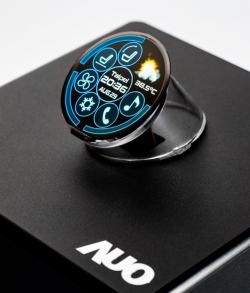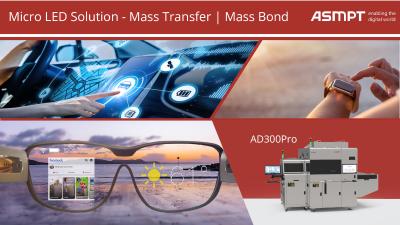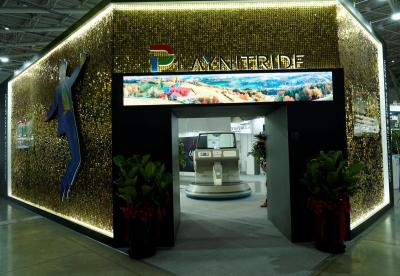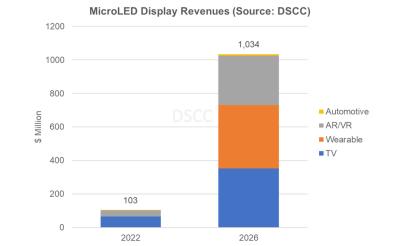Spotlight on ASMPT: a Microled Industry Association member
We're happy to interview ASMPT, as part of our new series of interviews with MicroLED Industry Association members. ASMPT (formerly ASM Pacific Technology Ltd.) was founded in 1975 and is a leading global supplier of hardware and software solutions for the manufacture of semiconductors and electronics.
Q: Hello! Can you introduce your company and technology?
We are a leading global supplier of hardware and software solutions for the manufacture of semiconductors and electronics. ASMPT is the only company in the world that offers high-quality solutions for all major steps in the electronics manufacturing process: from equipment to multi-factory-level automation concepts for smart manufacturing. From carrier for chip interconnection, to chip assembly and packaging, to Surface Mount Technology (SMT), ASMPT’s offerings encompass wafer deposition and laser grooving, to the various solutions that shape, assemble and package delicate electronic and optical components into a vast range of end-user devices; these include electronics, mobile communications, computing, automotive, industrial, LED & displays.
We have participated in Mini and Micro LED development since 2016. Our core technologies in Micro LED, mass transfer and mass bonding for Micro LED, have been well developed and successfully performing in customer sites worldwide.








